Ancient animals are like time travelers, having seen the rise and fall of dinosaurs, the emergence of humans, and more. While they may look unassuming, many of these creatures are just as dangerous now as they were eons ago. From the depths of the oceans to the dense canopy of the rainforest, these animals have adapted and survived through unimaginable changes, proving their resilience. Here are 15 ancient animals that still exist today—and they might be more formidable than you think.
1. The Horseshoe Crab is a Living Fossil
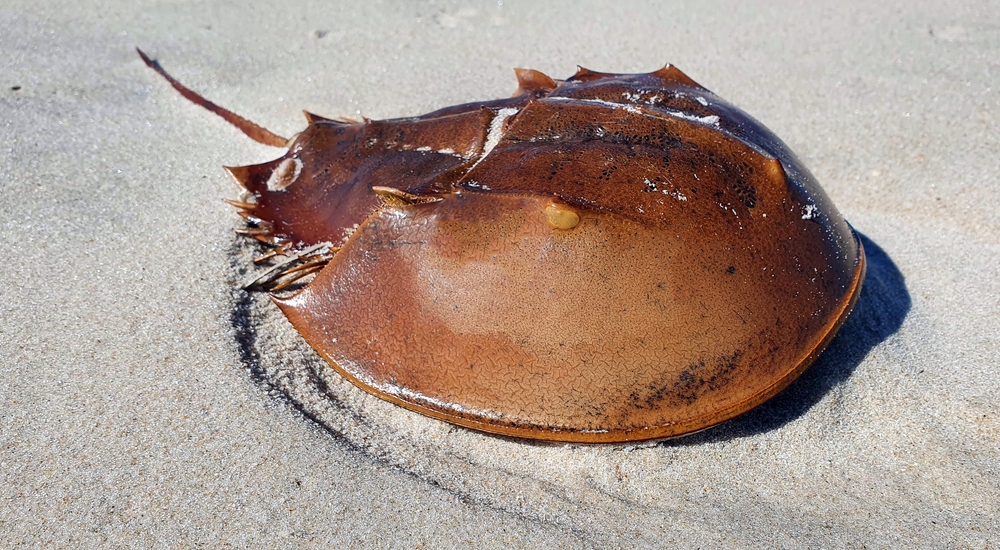
Horseshoe crabs have been around for over 450 million years, making them one of the oldest species on the planet. While they look like harmless relics with their hard shells and long tails, these creatures are more important than they seem. Their blood is incredibly valuable for medical research due to its ability to detect bacterial endotoxins. However, they are not directly dangerous to humans unless stepped on, which can be painful. Despite their age and harmless appearance, their ecological and scientific significance keeps them relevant today.
2. Alligators Are More Than Just Crocodile Cousins
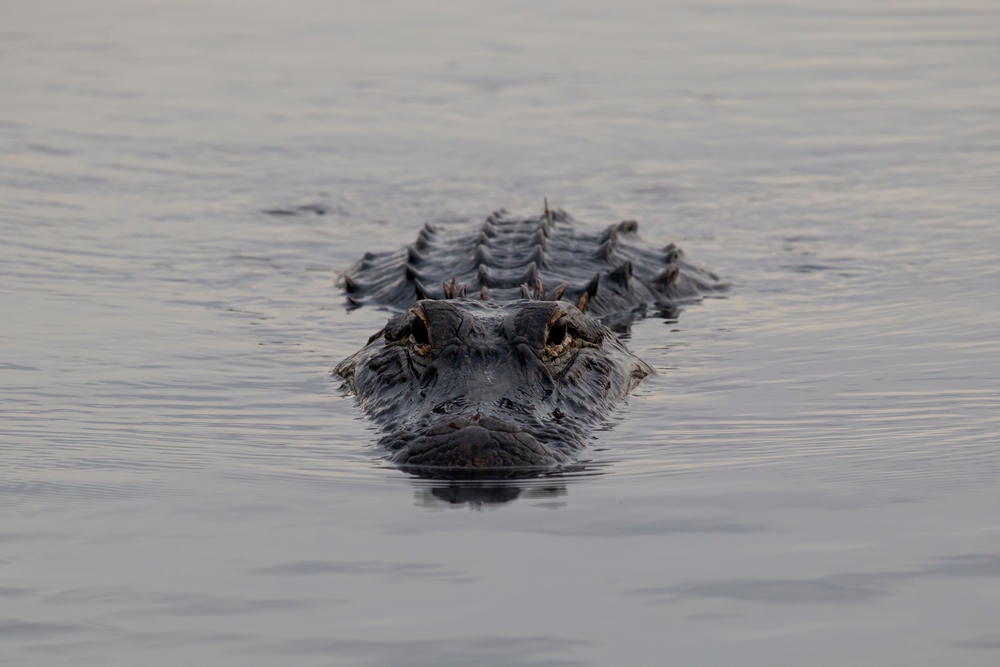
Alligators, often confused with crocodiles, have been around since the days of the dinosaurs. With their powerful jaws and intimidating presence, they are not to be underestimated. Alligators prefer freshwater environments like swamps and marshes, where they can swiftly snatch unsuspecting prey. Their incredible bite force can make quick work of even large animals. While generally avoiding humans, they can be dangerous if provoked or if humans enter their territory. Alligators are a reminder that some ancient predators still lurk in modern environments.
3. The Fierce Komodo Dragon is No Myth
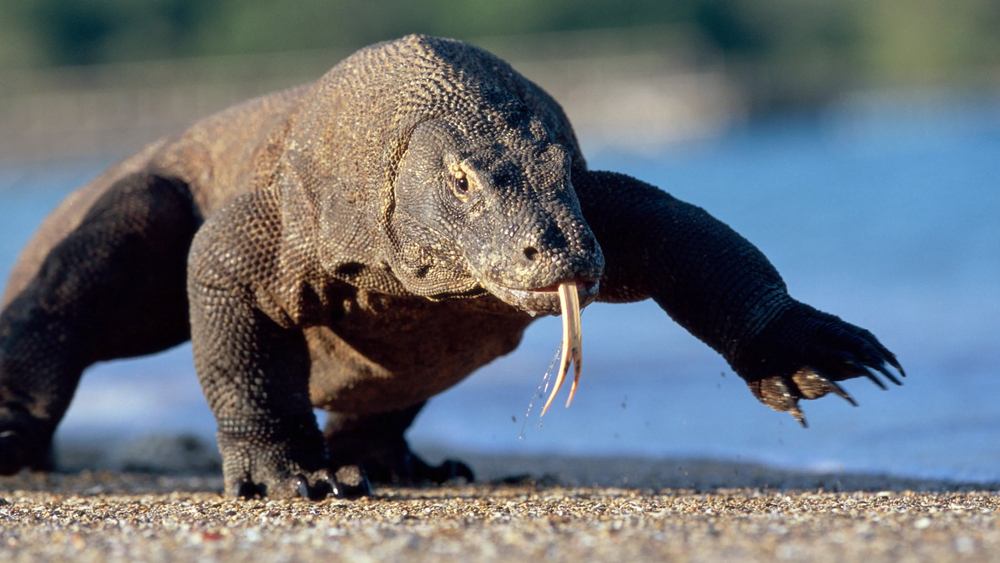
The Komodo dragon, the world’s largest living lizard, is as fearsome as any creature from ancient lore. Found on a few Indonesian islands, these massive reptiles can grow up to ten feet long and weigh over 150 pounds. They possess a venomous bite that can incapacitate prey, and their strong, agile bodies make them formidable hunters. While attacks on humans are rare, they have been known to occur, emphasizing that this ancient creature remains a dangerous predator. The Komodo dragon’s legendary status is well-deserved.
4. Crocodiles Are Master Hunters
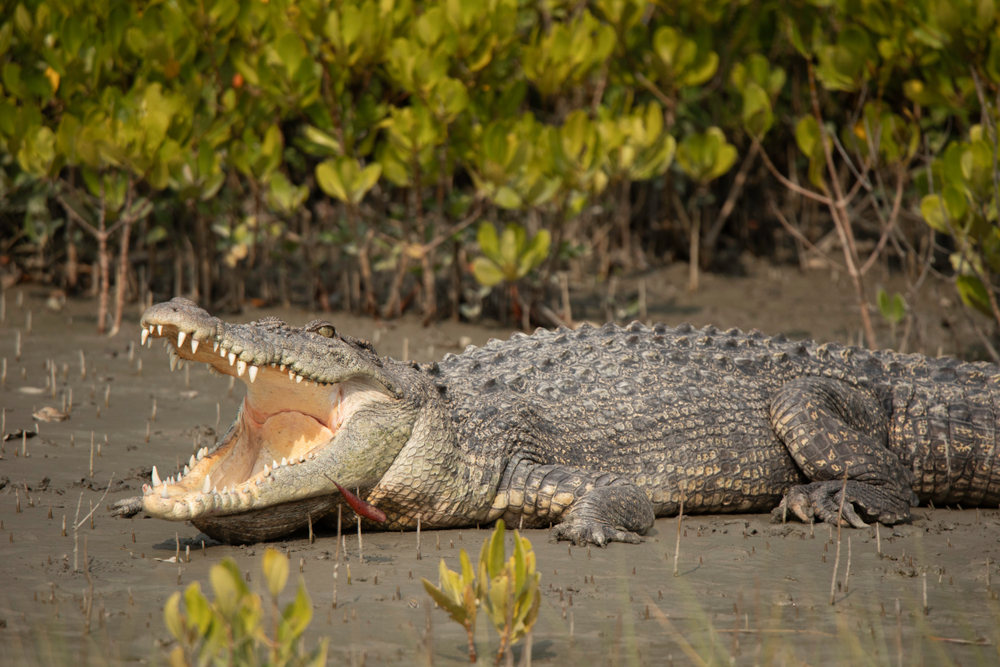
Crocodiles, with ancestors dating back over 200 million years, are apex predators in their environments. Known for their stealth and patience, these reptilian hunters can remain submerged for hours, waiting for the perfect moment to strike. Their powerful jaws and incredible strength allow them to capture large prey effortlessly. Found in tropical regions worldwide, crocodiles are not picky eaters and will attack humans if given the opportunity. Despite their ancient lineage, crocodiles have adapted to modern times, continuing to dominate their habitats.
5. The Nautilus is an Ocean’s Time Capsule
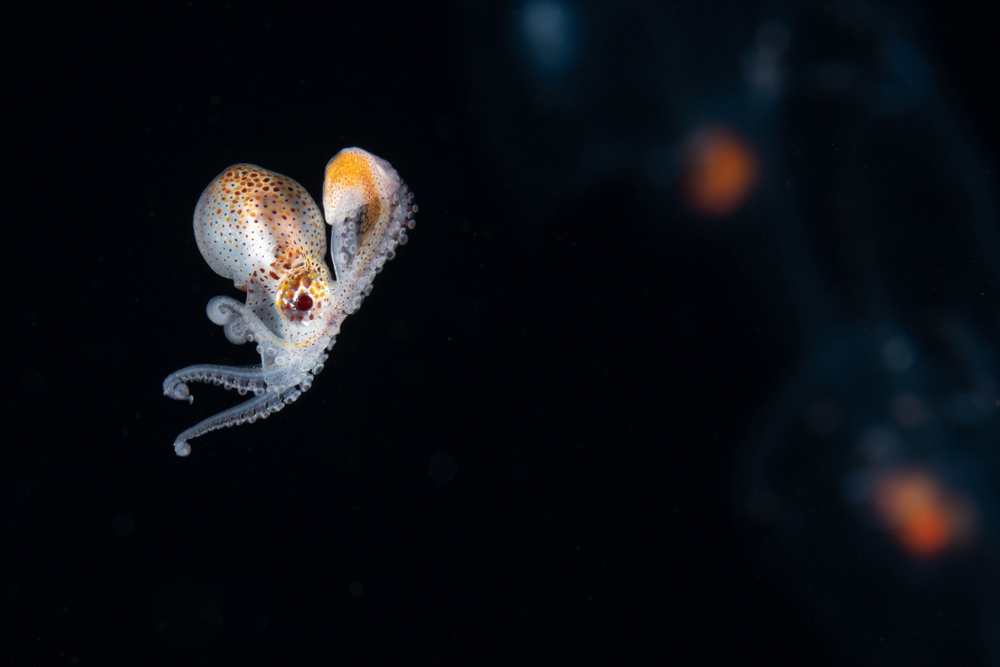
The nautilus, a cephalopod with a distinctive coiled shell, has roamed the oceans for about 500 million years. Unlike the fast-moving squids or octopuses, nautiluses float through the sea with a graceful and slow-moving elegance. While not dangerous in the traditional sense, their survival is threatened by human activity. They are considered a living fossil, offering a glimpse into the distant past. Their shells are highly sought after, leading to overfishing and habitat destruction. Preserving these ancient mariners is crucial for biodiversity.
6. Sharks Are Ocean’s Top Predators
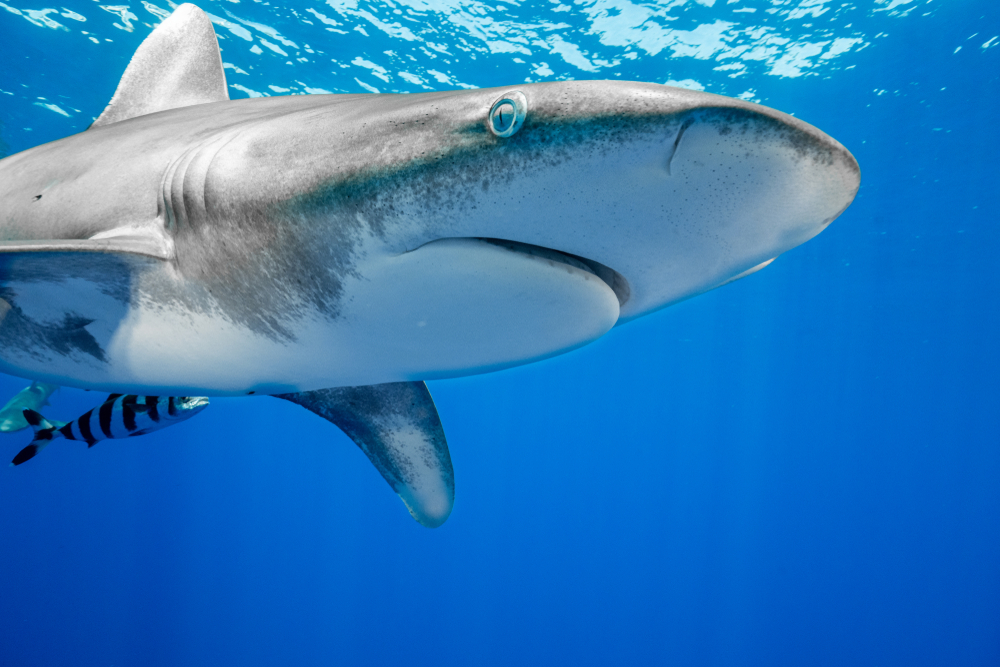
Sharks, predating dinosaurs, are among the most ancient and efficient predators in the ocean. With over 400 million years of evolution, they have become perfect hunters. Although the great white shark often gets the most attention, many species are equally formidable. Sharks rely on keen senses and speed to capture prey, making them a key component of marine ecosystems. While shark attacks on humans are rare, their presence can be unsettling. Understanding and respecting these ancient creatures is crucial for coexisting in shared waters.
7. The Distinctive Platypus is a Mammalian Oddity
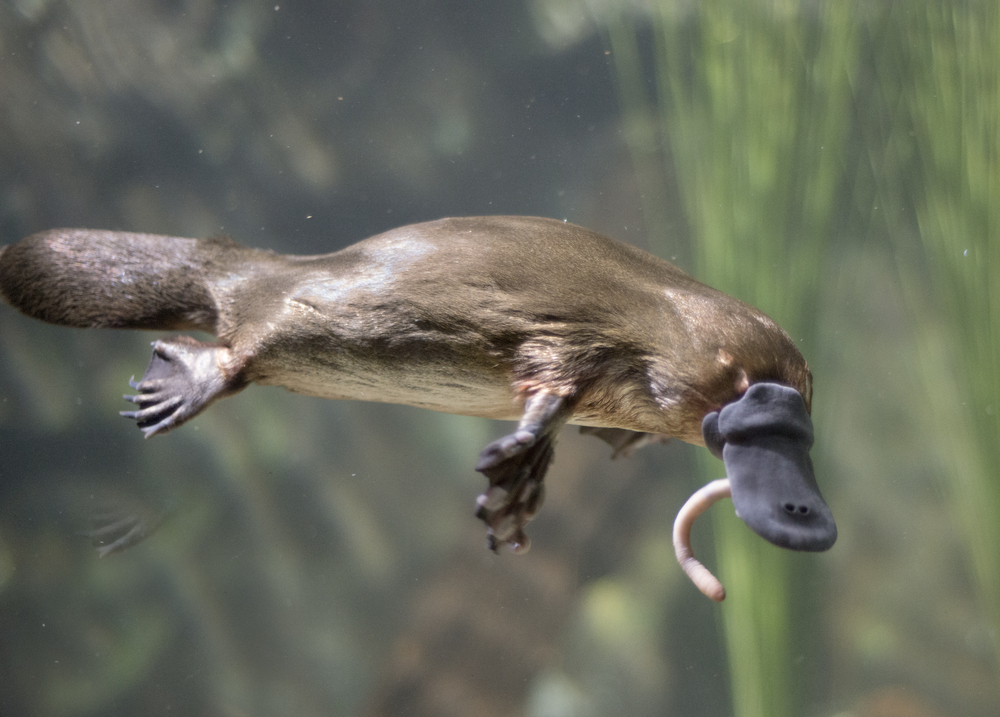
The platypus, with its duck-bill and webbed feet, is a unique mammal that has wandered the Earth for millions of years. Native to Australia, this bizarre creature lays eggs and possesses venomous spurs on its hind legs. While not lethal to humans, their venom can cause intense pain and swelling. The platypus’s peculiar features and ancient lineage make it a fascinating subject of study. Despite their comical appearance, they are adept hunters, using electroreception to detect prey underwater. The platypus is truly a one-of-a-kind animal.
8. The Steely Gaze of the Cassowary
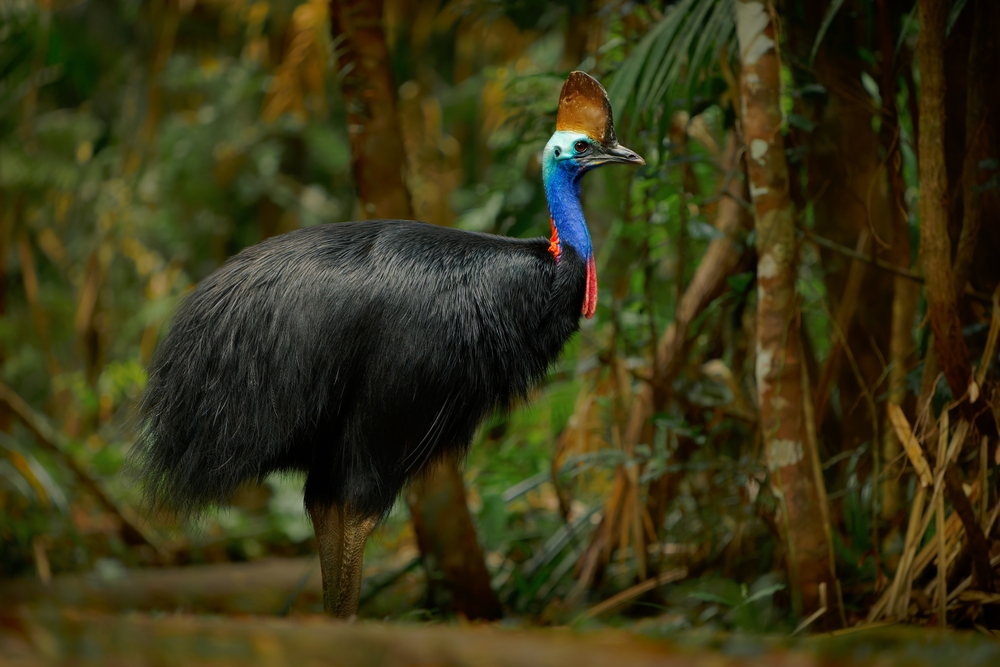
Cassowaries, large flightless birds native to the tropical forests of New Guinea and Australia, have an intimidating presence. Resembling ancient velociraptors, these birds have been around for millions of years. Known for their striking blue and black plumage and helmet-like casques, cassowaries can be dangerous if threatened. They are capable of delivering powerful kicks with their sharp claws, which can be lethal. While they prefer to avoid human contact, they will defend themselves vigorously if cornered. Cassowaries are a reminder of a bygone era.
9. The Majestic Sturgeon Fish is More Than Caviar
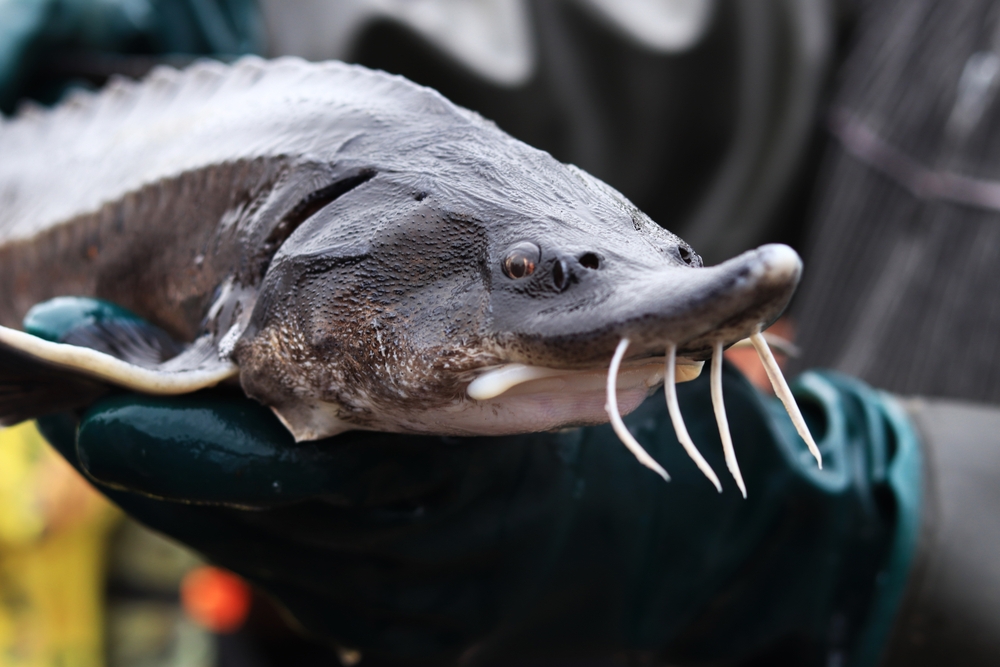
Sturgeons are ancient fish that have swum in rivers and oceans for over 200 million years. These large, bony fish are known for their size and the prized caviar they produce. While not typically dangerous, their sheer size and strength can make encounters with humans daunting. They can reach lengths of 20 feet and weigh over a ton. Protecting sturgeon populations is crucial, as overfishing and habitat loss threaten their existence. Their role in aquatic ecosystems remains vital, demonstrating their resilience and importance.
10. The Armored Pangolin’s Secret Defense
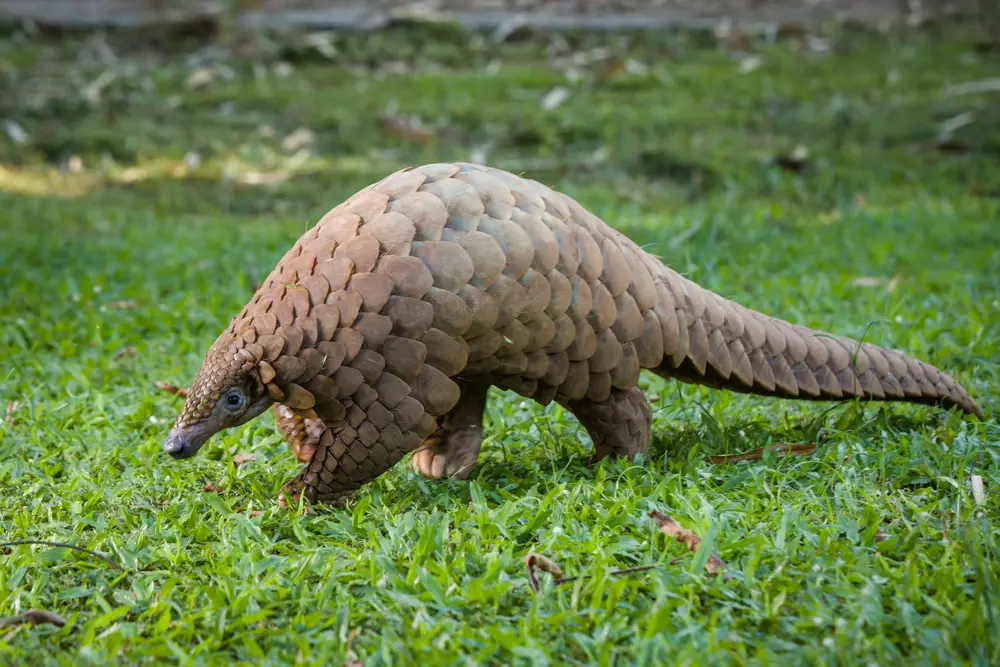
Pangolins, with their unique armor-like scales, have been around for at least 80 million years. These shy creatures are masters of defense, curling into a tight ball when threatened. Found in Africa and Asia, they are the only mammals entirely covered in scales. While not dangerous to humans, pangolins face significant threats from poaching and habitat destruction. Their scales are highly valued in traditional medicine, leading to illegal trafficking. Efforts to conserve pangolins are crucial to ensure this ancient species can continue to survive in a rapidly changing world.
11. Jellyfish: Beauty with a Sting
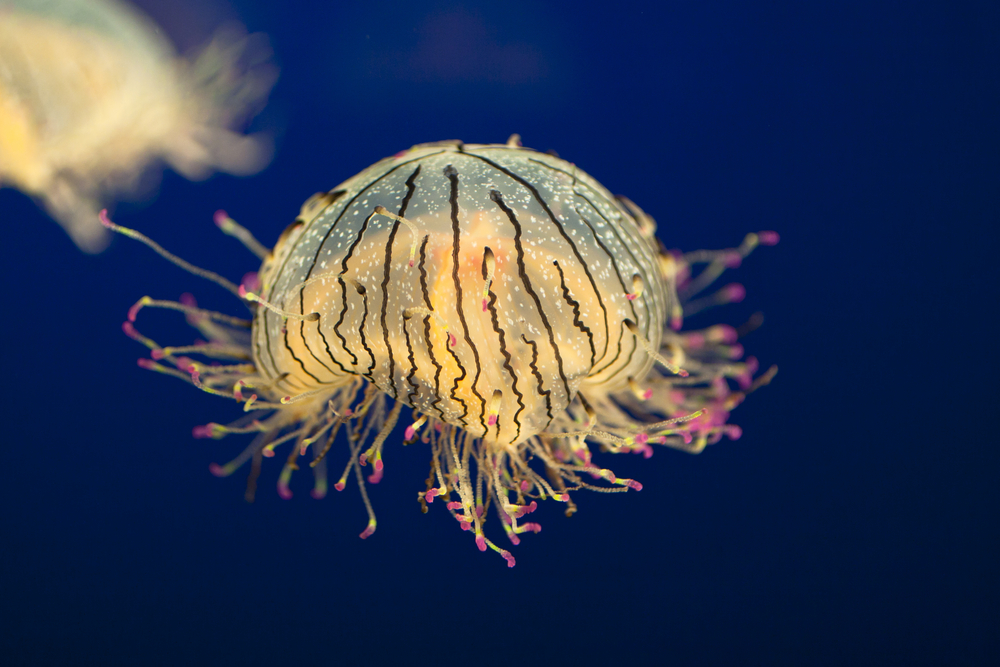
Jellyfish have drifted through Earth’s oceans for over 500 million years. These gelatinous creatures may appear delicate, but some species pack a powerful sting. Box jellyfish, in particular, are among the most venomous creatures in the world, capable of causing extreme pain or even death. Despite their simple structure, jellyfish play a crucial role in marine ecosystems. With climate change impacting ocean temperatures, jellyfish populations are on the rise, leading to more frequent human encounters. Their ethereal beauty belies the potential danger they pose.
12. The Surprising Resilience of the Tuatara
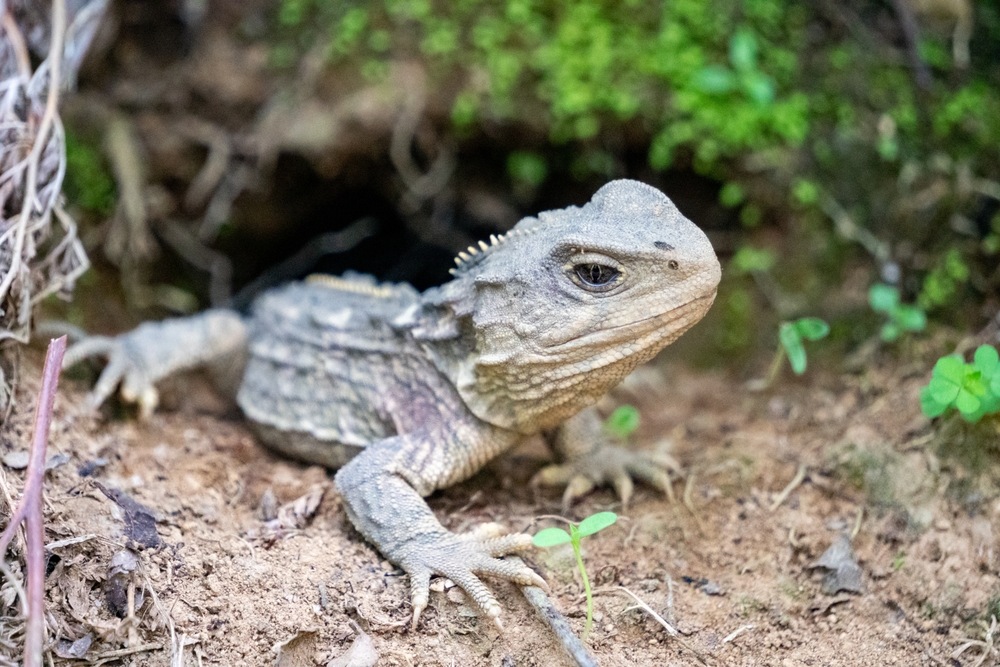
The tuatara, a reptile endemic to New Zealand, is the sole survivor of an ancient lineage from the time of the dinosaurs. Resembling lizards, tuataras have unique characteristics, such as a “third eye” on their foreheads. While not dangerous to humans, their prehistoric appearance is a reminder of their long evolutionary history. Tuataras are vulnerable to habitat loss and introduced predators, making conservation efforts critical. Their survival represents a living link to the distant past, offering insights into the evolution of reptiles over millions of years.
13. The Silent Power of the Anaconda
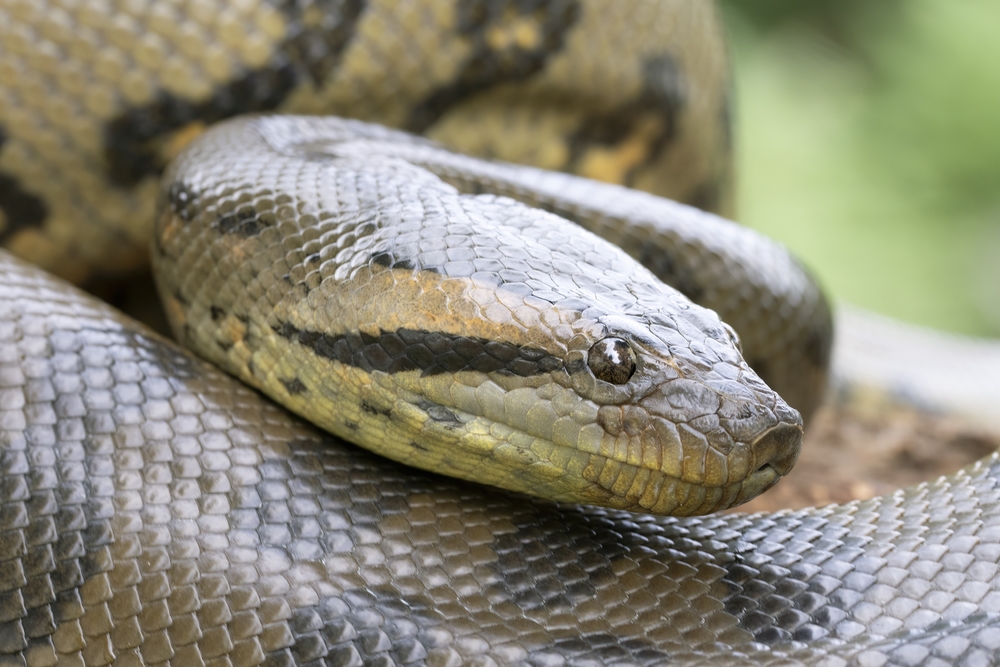
Anacondas, among the largest snakes in the world, have slithered through the swamps and rivers of South America for millions of years. Known for their incredible strength, these snakes can constrict and overpower large prey, sometimes even rivaling their own size. While attacks on humans are rare, their size and power command respect. Anacondas play an important role in their ecosystems, controlling populations of prey species. Their ancient lineage and formidable presence remind us of the power of nature and the delicate balance within ecosystems.
14. The Goliath Beetle is a Miniature Titan
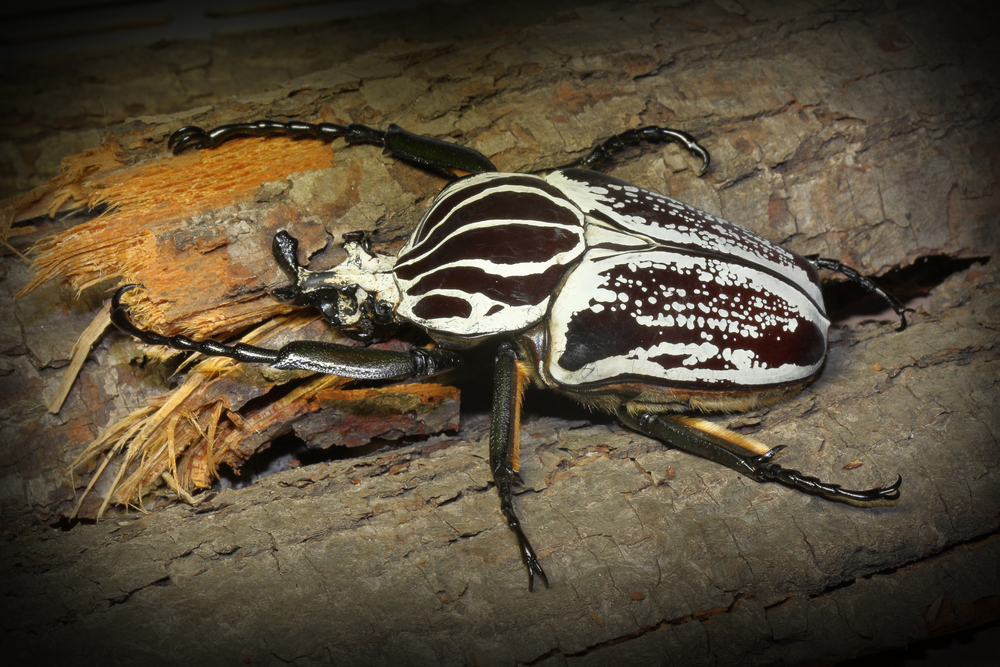
Goliath beetles, among the largest insects on Earth, have existed for millions of years. Found in Africa’s tropical forests, these beetles can reach over four inches in length. Despite their intimidating size, they are not dangerous to humans, primarily feeding on plant matter. Their impressive armor and striking appearance make them a favorite among insect enthusiasts. The goliath beetle’s resilience and adaptability highlight the diversity of life that has persisted through millennia. Their continued existence is a testament to nature’s ability to endure and fascinate.
